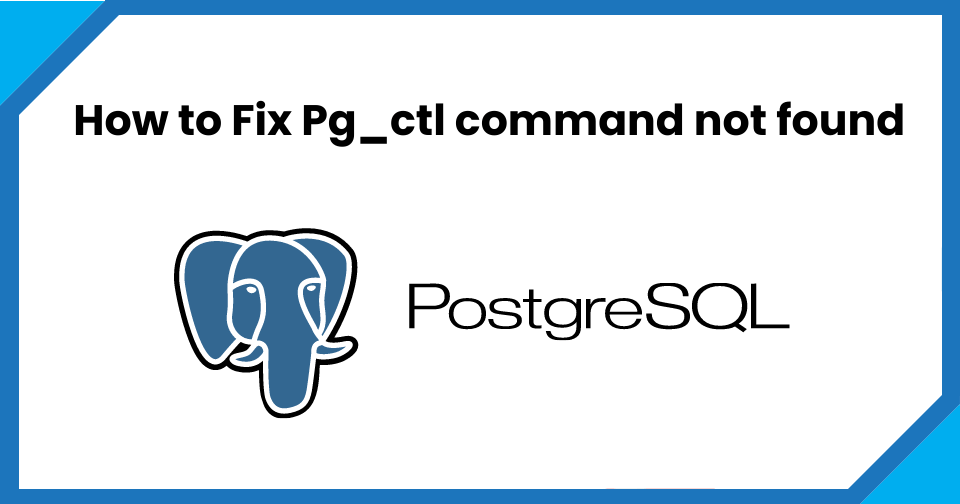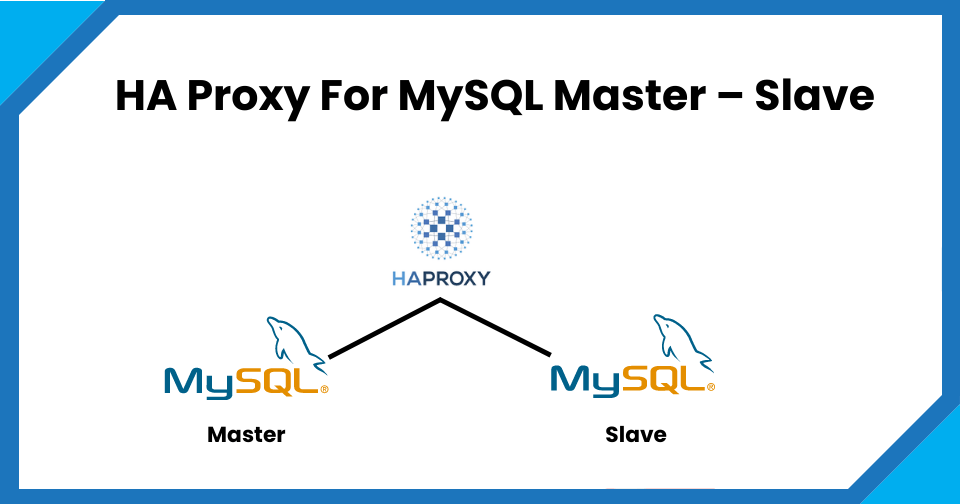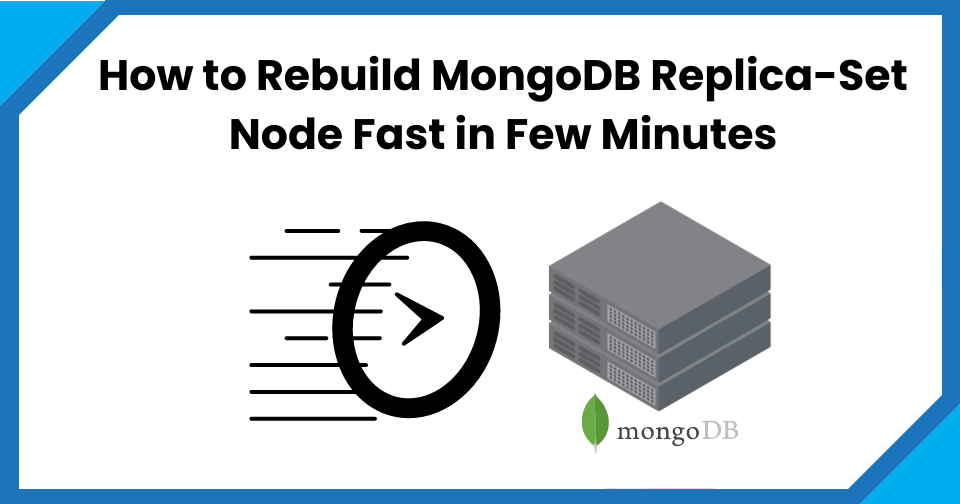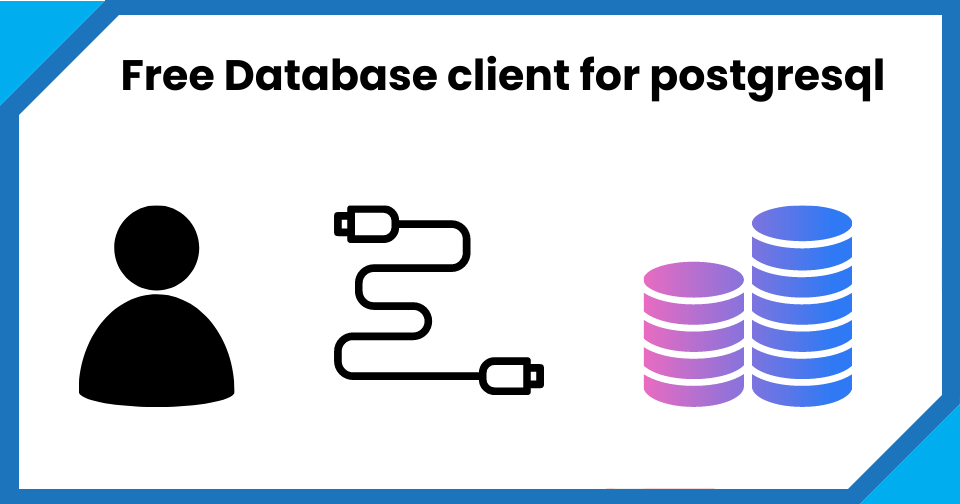Table of Contents
How to Become Oracle apps DBA?
Who is Oracle Apps DBA?
Oracle E-Business suite or oracle ERP is a vital part of the business and corporates. It’s a packaged application to manage finance, accounting, General Ledger (GL), Human Resource (HR), Sales, Marketing and many more business functional modules. Oracle Apps DBA who manages whole oracle e-business suite infrastructure, backend oracle database. Apps DBA applies patches and makes business suite application binary up to date and bug-free. If the business needs any third-party application functionality which is not available in oracle ERP. Oracle Apps DBA integrates that function with an ERP system.
Oracle Apps DBA Concept Building
The first step would be to start reading concepts document from oracle E-business Document Library. This will help you to understand the technical architecture of the business suite. Make yourself familiar with tiers like applications and databases. Give at least 1 to 2 week’s time and read the document. I know you will be blank some times and confused with new complex words & jargon but keep reading it don’t stop your reading. Rome was not built in a day. Any new learning takes time. No one has a magic wand like Harry Potter. Give some time to yourself.
This Concept Document is key to your success.
And also don’t worry about version start with any 12.x.x version later any time you can upgrade your knowledge for advance version. Basics are the same for all the versions from 11i to R12.
How to Become Apps DBA?
I am not going to tell you directly to start with oracle apps dba topics. Let’s start with some operating system, network, and virtualization basics.
- Linux: Start making yourself comfortable with black and CLI screen which means learn Linux. I would recommend you to start with RHEL or CentOS. Learn all the basic commands about the file, directory structure, filer editors like vi, vim and nano. File copy, file move, and file remote copy scp, rsync , gpg/pgp, nfs, iSCSI, ssh , SFTP, and telnet.
- Virtualization: Make yourself familiar with Virtualization tools like Oracle VirtualBox or VMware workstation.
- Network: Read about IPs and subnets. Load balancers, SSL connections.
Make Your Oracle Apps DBA PlayGround or Test Setup
Step#1 Install Linux on Oracle VirtualBox or on Vmware.
[su_box title=”Note” box_color=” #0074be” title_color=”#0174be”]Before choosing any Linux flavor like RHEL, Centos or Suse. Read the Oracle E-business Installation prerequisites documentation carefully. If you do the proper installation planning there are chances that you will see fewer issues.[/su_box]
Step#2 Install Linux as per the oracle documentation prerequisite. Go with single node installation first once you are familiar with it you can install multiple nodes or can convert you single node to multiple node step.
Step#2 Install Oracle E-business suite. Take any popular version like 12.1.3 or 12.2.X. You can download the installable from Oracle Software Delivery Cloud.
Step#3 I personally believe if you have installed the oracle e-business suite once you are 40% oracle apps dba because it has many long and complex steps. It may fail multiple times but don’t worry all the fixes are available on google university 🙂
Oracle APPS DBA Topics that you should Understand, Learn and Practice
- Understand Oracle E-Business suite tiers (Must Have)
- Apps Directory structure and TOPs ( APPL_TOP, INST_TOP, APPSCSF, COMMAN_TOP, SHARED TOP) (Must Have)
- Oracle E-Business suite installation on Linux. (Must Have)
- Oracle E-Business suite installation with Single node (Must Have)
- Oracle E-Business suite installation with Multiple nodes (Advance)
- Oracle application start and stop (Must Have)
- Oracle Application main page login (Must Have)
- Understand Oracle database architecture (Must Have)
- Oracle database back and recovery (Must Have)
- RMAN Hot backup (Must Have)
- Storage level host backup method like NetApp Snap Mirror or NFS volume Snapshot. (optional)
- Understand Oracle E-Business suite Architecture (Must Have)
- Read and learn about concurrent managers and Concurrent requests (Must Have)
- Canceling Concurrent request and Kill Concurrent request DB SID and OS PIDs (Must Have)
- Concurrent Program and Request performance tuning
- Oracle Database Performance Tuning (PT)
- Understand and learn about APPS and FND tables (Must Have)
- What FND tables do what kind of data it stores (Must Have)
- Read and learn about oracle apps DBA utilities like adamin (Must Have)
- AD Administration (Must Have)
- Context File <context_name.xml> (Must Have)
- AutoConfig (Must Have)
- License Manager
- Reporting Utilities
- Configuration Utilities (Must Have)
- Patch Management (Must Have)
- Oracle Application patching (Must Have)
- ADPatch (Must Have)
- ADOP (AD Online Patching) (Must Have)
- FND_bugs & FND_APPLIED_Patches (Must Have)
- Custom Application Interaction with Oracle E-business suite (Advance)
- Oracle Access Manager, Oracle Internet Directory, Oracle WebGate integration with Oracle E-Bussines suite for oracle identity management (Advance)
- Oracle Concurrent request, Program, and Concurrent manager troubleshooting (Must Have)
- Oracle E-Business suite profile options (Local/Server)
- Install and manage the printer with Oracle E-business suite (Must Have)
- Patch management, Patch dependency analysis, Oracle Application patching (Must Have)
- Oracle E-business suite version upgrade Example upgrade from 11i to R12
- Converting Oracle e-Business suite from a single node to multi-node setup (Advance)
|
Example Multi-Node setup |
|
2 x Application Node 1 x Batch or Concurrent Program Node 1 x Database Node or 3 node RAC setup
|
- Oracle E-business suite services monitoring, Space monitoring, Database instance monitoring
- Oracle E-business suite migration from on-premises to Oracle Cloud or AWS (Advance)
- Oracle E-business suite cloning from a single node to a single node (Must Have)
- Oracle E-business suite cloning from multiple nodes to a single node (Must Have)
- Oracle EBS cloning Automation (Advance)
- Oracle E-business suite workflow management and email setup (Must Have)
- Integrating oracle OBIEE reporting, Oracle Demantra, Oracle reporting tools with Oracle EBS suite (Advance)
- Oracle Weblogic Installation, Maintenance, Deployment, and patching (Advance)
- Oracle E-business code migration process from Development to Production (Must Have)
- Oracle EBS DBA day to day task Automation by Python, shell or Ansible (Advance)
- Oracle E-business suite migration from on-premise to Oracle Cloud migration (Advance)
- Oracle Grid monitoring setup with Oracle EBS. (Advance)
- Oracle EBS DMZ setup (Advance)
- Oracle EBS Business Continuity Plan (BCP) Setup (Advance)
- Oracle EBS DR Setup (Advance)
- Nagios Monitoring for Oracle E-Business services (Advance)
- Git Setup for EBS code repository (Advance)
- Oracle EBS Database Replication using Golden Gate (Advance)
- Oracle EBS Database Standby Setup (Must Have)
Oracle Documentation Reference



